Did Your PowWow Wild Berry Echinacea Survive The Winter?
User
8 years ago
Featured Answer
Sort by:Oldest
Comments (33)
Related Discussions
need encourage. on planting E. Pow Wow and Delpin. from hazzards
Comments (9)Following is part of an article on vernilization: I'm wondering if WSing achieves this? This is different from Stratification. I bring it here for those who have had trouble with Columbine, notice what is said... Micki The flowering of many cold-hardy herbaceous perennials is initiated by an extended period of cold, known as a vernalization treatment. Some perennials will not flower without a cold treatment, while others flower more rapidly and have a stronger flowering response (such as more flowers) when provided with a cold treatment. This article contains tips for successful vernalization treatments of cold-hardy (USDA Zone 6 or higher) perennials that are propagated by seeds or cuttings. Most perennials propagated by cuttings can be satisfactorily cooled in their plug trays. However, some perennials propagated by seed must develop a minimum number of leaves before they become sensitive to a cold treatment. For example, several varieties of columbine (aquilegia) should have at least 8-10 leaves per plant (not per cell) before starting a cold treatment. Less mature plants may be juvenile and not responsive to the cooling treatment. In many cases, subsequent flowering is improved when plants are cooled in larger plug sizes rather than smaller ones. Highest plant quality, regardless of propagation technique, is usually achieved when plants are planted in their final containers, allowed to grow for three weeks or more at warm temperatures and then cooled. Effective Temperature Ranges In the past five years, researchers at Michigan State University (especially Beth Fausey, Sonali Padhye and Art Cameron) have methodically quantified how many perennials respond to a range of cooling temperatures and durations (visit www.hrt.msu.edu/floraoe/articles.htm for more info). The most effective cooling temperature range for a large number of species was between 41� and 46� F, especially when short durations (4 or 6 weeks) of cooling were provided. With longer cooling durations, the effective temperature range broadened. In general, 6-8 weeks of cooling at 41� F saturates the vernalization response of nearly all species; however, a few exceptions exist....See Morepow wow wildberry echinacea from Seed in Chicago
Comments (10)I would definately start them now, you'll get good growth now and then come springtime they will have the established root systems needed to really explode into growth and flower. I usually start them in a flat of soil or in pots in a spot that doesn't get more than a couple hours of sun. You can move them to a sunnier spot later. The biggest problems will be drying out and bugs such as slugs. A cover of either light cloth or plastic will help keep in the moisture, just be careful of the plastic getting too hot in the sun. Don't over it all the way of your not sure. Transplant them into the ground as soon as they're a decent size, a good mulch after the first freeze will protect them from frost heaving up out of the ground over winter.... Dry leaves, evergreen branches.... I just got an email from one of the seed catalogs reminding people what a good time summer is to start perennials.... Here's the quote, it's copied right out of the link I attached. "Many people donâÂÂt realize how much floral beauty can be had for just a few dollars. Growing perennials and biennials from seed a year in advance in early summer is inexpensive, remarkably easy and incredibly rewarding. ThereâÂÂs no need to fuss with grow lights and timers, repotting or hardening off. Simply sow the seeds into moist growing mix and set the flats or pots outdoors in a sunny protected area. Or easier yet, simply sow the seeds directly into a little nursery bed right in the garden. Water and weed them as needed over the summer. By fall, the seedlings will be large enough to either stay in a nursery bed until spring, or be transplanted directly into their ultimate home" Here is a link that might be useful: Summer seed starting...See MoreMixing Wild Berry & White PowWow Coneflowers in a planting group?
Comments (2)Hi CEFreeman, I read your posts on the Kitchen Forum, I hadn't realized I could find you here also! Thanks for your response. The pictures I have found of white being a contrast color (such as in a field or bouquet) to blue or red or pink (or whatever) show a mixture of individual flowers. The white breaks up the visual, causing the color to pop, and not be all the same color. You are right, it is stunning. But these echinacea are not single bulbs, but a grouping of white and another grouping of the wildberry color. It is very hard to find any photos online where they are grouped together, and when they are (such as this photo), they still look like a row (although a few whites seem to have gotten in the back of the berry in the photo). I am finding it hard to imagine a 'circle' where they would mingle, because the spread of each is 12 - 18 inches, making a grouping of one color. If you planted them closer together, I think it would just look crowded, not mixed anywhere except at the overlap point. I think that would look sloppy and careless, not pretty and wild, plus it wouldn't be as good for the plant to not let it reach its potential width. I hope I am explaining it so that it makes sense. Thanks again for your input, and any thoughts in helping me to imagine how they may look when filled in. Maybe I can do a white grouping, a berry, a white, a berry, and a white. Even though they would be in a row, and look a little like an alternating checkerboard, it is the closest I can imagine to a pattern with one color offsetting the other....See MoreSo how did your winter go?
Comments (3)This was a good winter to see what is really hardy here. The australian cassias (nemophylla and phyllodena) were both frozen to the roots. They sure were fun cutting back - not! I just had to prune out a lot of winter damage on our Cordia parvifolia, little leafed cordia. That bush is the worst to prune because all the branches grow at right angles, what a mess but I adore the plant. Something about the white crepe paper blooms against the smoky grey leaves that come all through the heat of summer. And a plant that is unfazed by reflected heat here in Las Vegas is quite a find. It's relative Cordia boissieri, Texas olive, took a much bigger hit. It was just going from a bush to a tree and then we had this cold winter. It has been killed back to the main trunk. I think all the side branches are dead. I'm going to give it more time before pruning but it doesn't look good. We saw one in the northwest that looked fine so it is just our nice little cold spot microclimate here. Webers agave, and octopus agave were total losses in our yard but it was fun going to Turner greenhouses and finding replacements by seeing what was still standing there. Now if only our horse hadn't broken into our yard and tried to take a few bites out of the replacements! The bouganvillea froze to the ground but that happens every year and it popped right up this spring like it always does. We took down the old trellis though and better get up a new one if we don't want it sprawling all over as it is such a fast grower. The myoporum, anaother australian plant looked dead after our cold but it is coming back nicely and I can barely tell that it got damaged. We lost a few other australian plants, some of them can be tender and our beautiful tree acacia pendula still has perfectly brown leaves hanging on and has made no move at leafing out and neither has our acacia shafneri. The least thing they could do is let loose of all those awful looking dried up leaves! One plant that surprised me was our lantanas that always come back but not after this winter. Replaced the ones in the back with more drought tolerant Dalea greggii but the one in the front I love where it is so just got another white one to recreate that look against our grey wall. Love the look of white agaist grey. Drahme when you say cranberry tree I don't know what you mean, I only know the thanksgiving berries and I know those don't come off a tree. A different world up north. Beca, those vines do have a way of taking over the yard. At my husbands step mom's house she is in the process of taking out a huge mass of vines that took over the walls and then started on the garden. She is going to need a dumpster for all that vegetation. Happy gardening, Maria...See MoreUser
8 years agoUser
8 years agosunnyborders
8 years agoUser
8 years ago
Related Stories
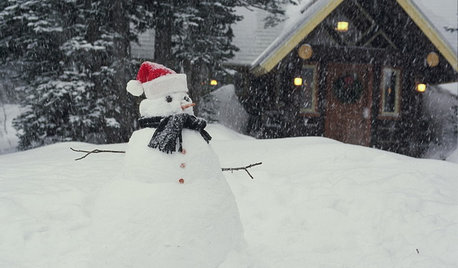
LIFEShare Your Winter Storm Jonas Photos and Survival Tips!
Let’s see your pictures and hear your ideas on how you’re keeping your house warm and staving off cabin fever
Full Story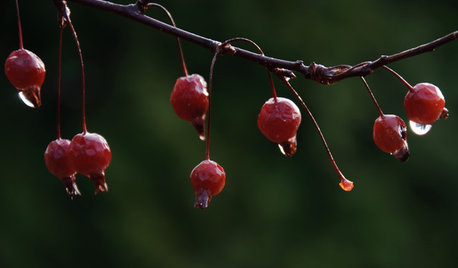
GARDENING FOR BIRDSFeed the Birds: 6 Plants for Abundant Winter Berries
Be kind to your fair feathered friends during lean food times by planting a shrub or tree loaded with nutritious snacks
Full Story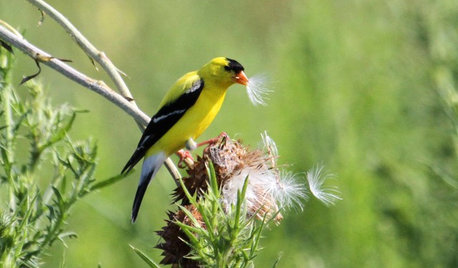
GARDENING FOR BIRDSWild Birds Transform a Woman’s Garden and Life
How Sharon Sorenson created a wildlife haven and became the Bird Lady of Southern Indiana
Full Story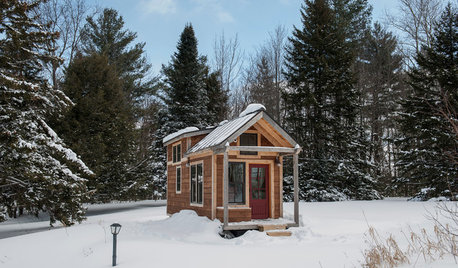
MOST POPULARHouzz Call: Show Us Your Winter View!
Share pictures of your home and garden in winter — whatever your climate, architecture and plantings
Full Story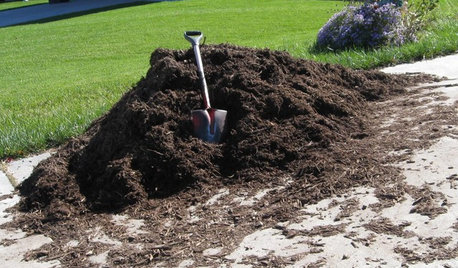
FRONT YARD IDEASBefore and After: Front Lawn to Prairie Garden
How they did it: Homeowners create a plan, stick to it and keep the neighbors (and wildlife) in mind
Full Story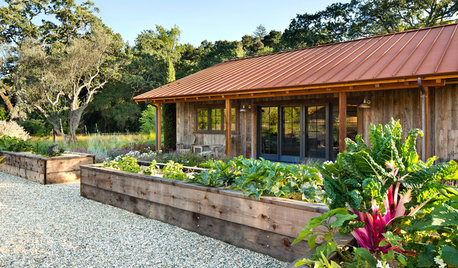
EDIBLE GARDENSHow to Grow Your Own Sweet Summer Crops
This guide will help any gardener get started on growing the freshest warm-season veggies and berries for summer
Full Story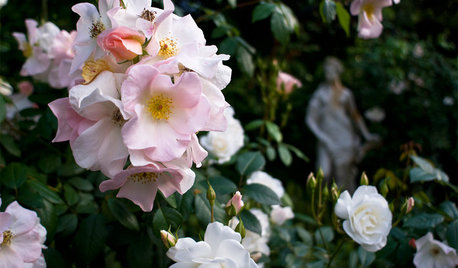
WINTER GARDENINGPruning Secrets for Exquisite Roses
Encourage gorgeous blooms year after year with this time-tested advice on how to prune your rosebush in winter for health and shape
Full Story
GARDENING GUIDESBackyard Birds: Healthy Home Habitats for Northern Flickers
These colorful woodpeckers found across the U.S. and Canada love berries, seeds and ants and often nest in deep burrows in trees
Full Story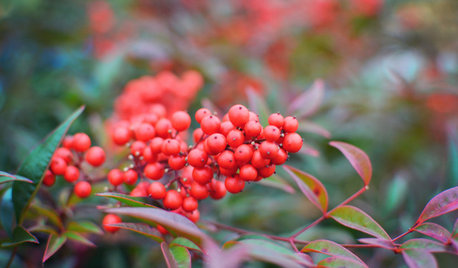
WINTER GARDENINGNew Year, New Landscape — What to Do in Your January Garden
Whether you've resolved to make over your garden or just enjoy it more, these tasks can help
Full Story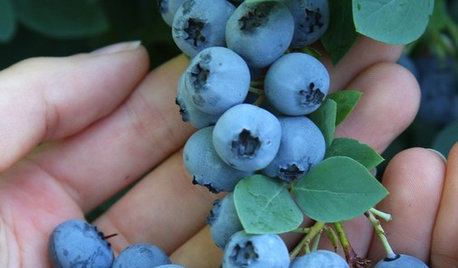
EDIBLE GARDENSSummer Crop: How to Grow Blueberries
Plant blueberries in spring or fall for garden beauty through three seasons — and a sweet superfood in summer
Full Story


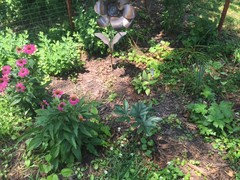
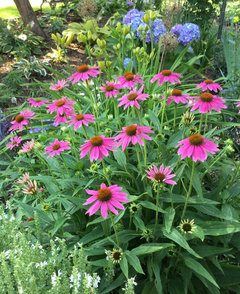
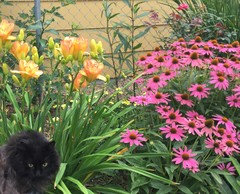
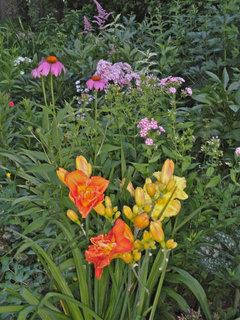

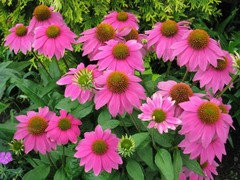
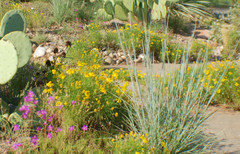

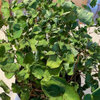
Mertie